6 Email and Instagram DM Templates for Influencer Outreach
The influencer outreach process sets the tone for your collaborations. Use these influencer outreach email templates and DMs for a stronger pitch!
Time for a crash course in influencer collaboration! Here are the biggest dos and don'ts of influencer marketing brands should mind when collaborating with influencers.
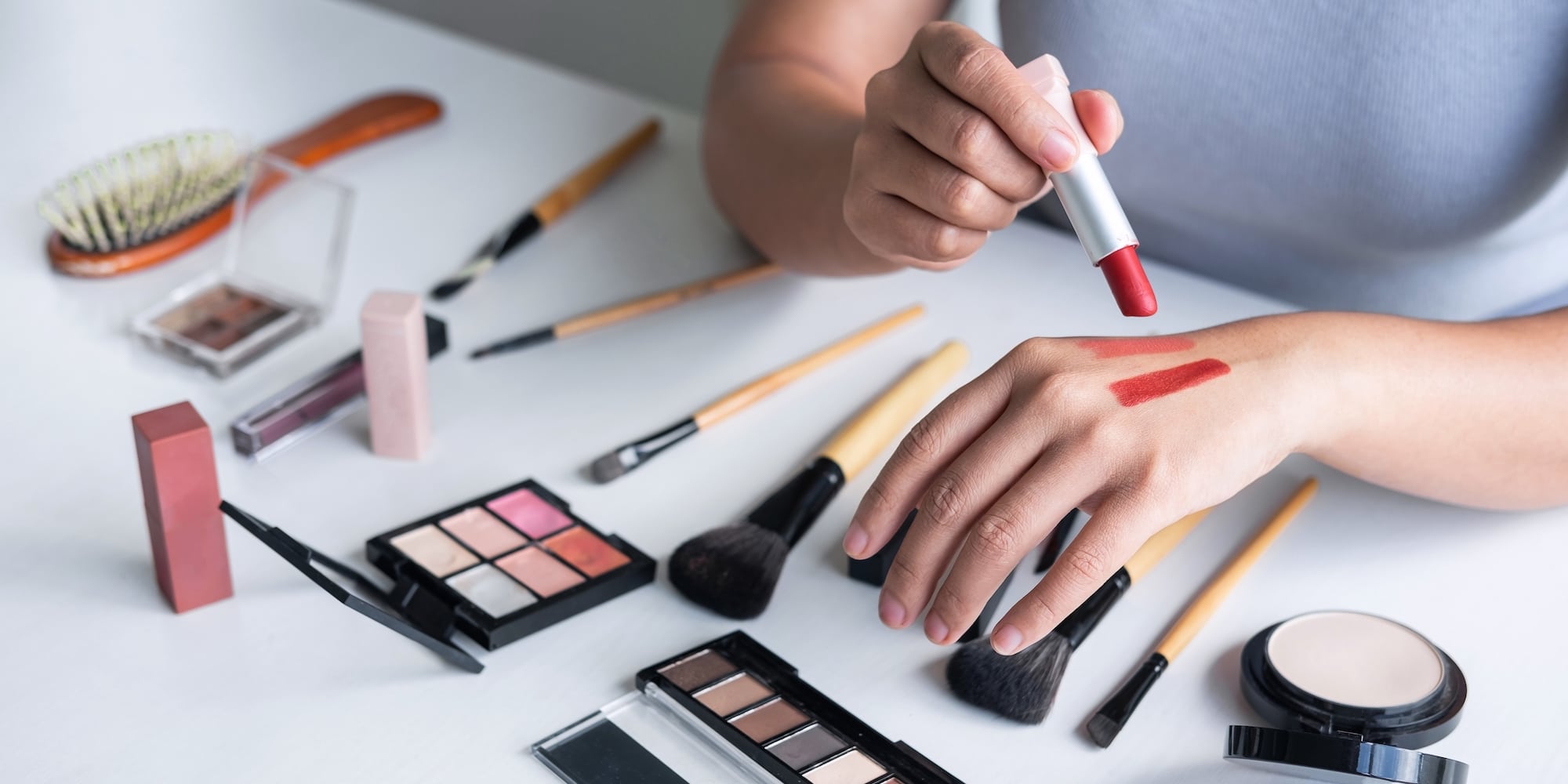
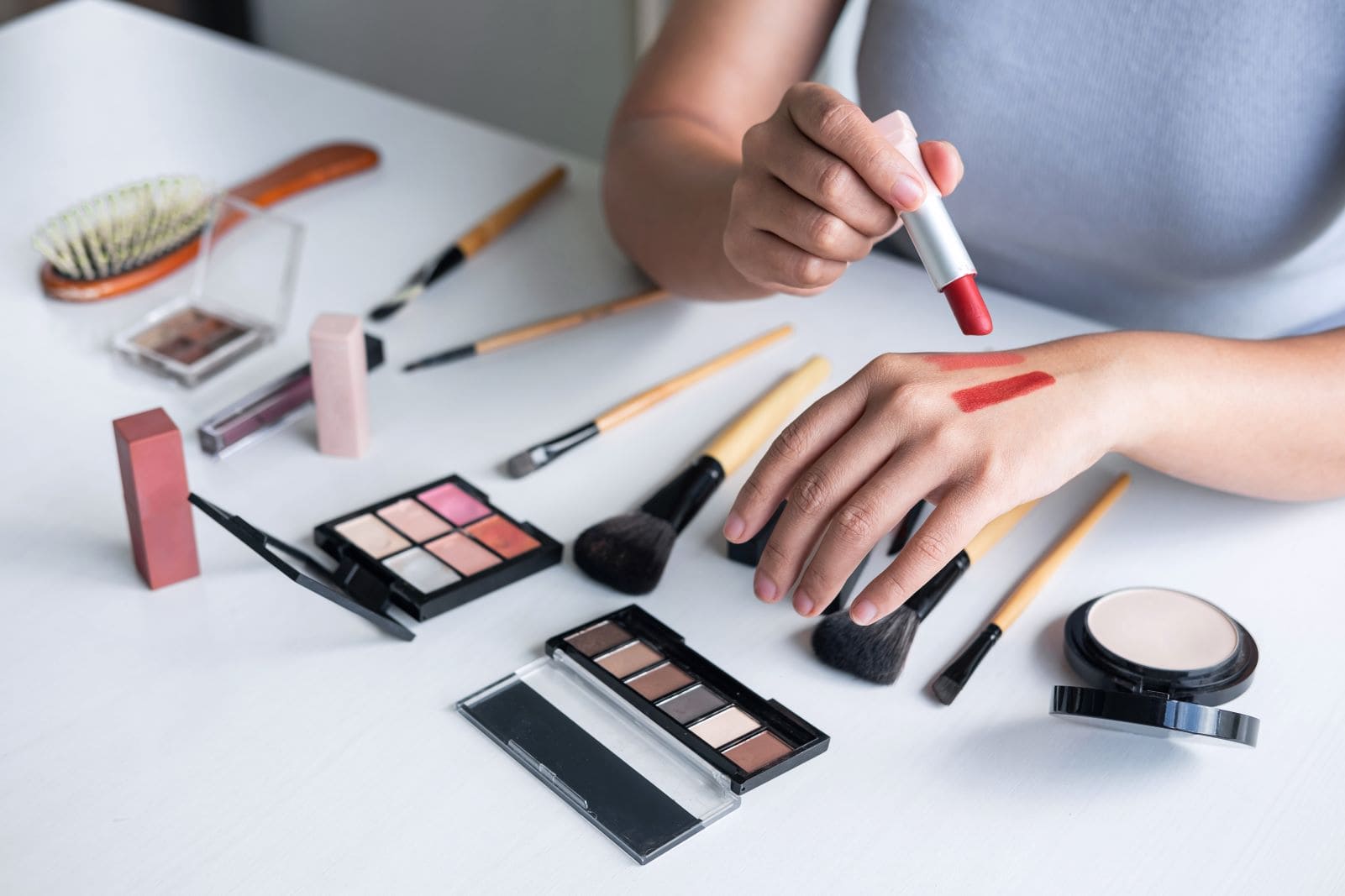
Influencer collaborations are arguably the best way to get in front of social consumer at scale.
Food for thought: the average shopper is glued to social media for 2+ hours per day. Those same consumers are browsing both TikTok and Instagram to find their next purchases.
Meanwhile, 88% of consumers trust people over brands when it comes to product recommendations.
Whether through organic influencer content or creator-based ads, collaborations offer brands a much-needed way to get in front of their audiences via authentic content.
And the more creators you have posting on your brand's behalf, the better.
If you want to scale your influencer presence, it's crucial to understand the best practices of influencer collaborations. Attention to detail matters even when working with hundreds of creators!
Below we break down dos, don'ts and real-world examples of brands collaborating with influencers.
So many brands want to work with influencers but don't know what to expect.
The good news? We've worked with tens of thousands of influencers and hundreds of brands ourselves! We know firsthand what makes (and breaks!) a successful collab.
To kick things off, let's start with must-dos to ensure that your campaigns run smoothly.
First thing's first: communication between brands and influencers has to be crystal clear.
Let's assume you're managing influencer relationships in-house and without a dedicated platform. When 100% of your interactions are through email or DMs, details often get lost in translation.
Brands need to make every message and interaction count. In short:
Below is an example of an influencer collaboration message that's short, sweet and to the point.
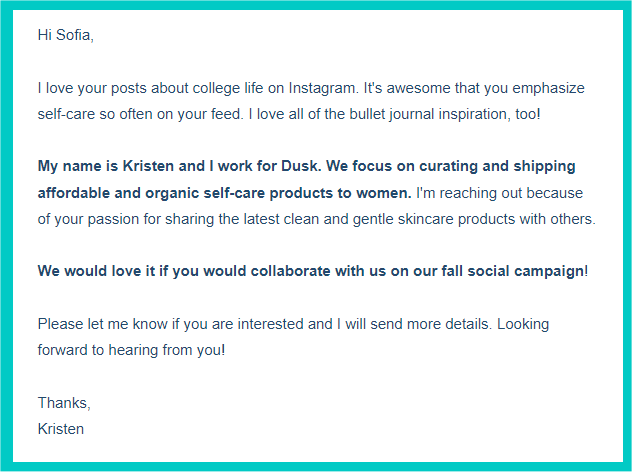
The takeaway? Always respect creators' time when communicating with them. Chances are your brand is busy but your influencers probably are, too!
Chances are you aren't the only brand collaborating with any given influencer.
That's why it's so important to be explicit about campaign expectations. This includes:
Ideally, your campaign timeline should give your creators a few weeks of flexibility. Doing so accounts for potential shipping delays. This gives influencers time to brainstorm their posts, too.
That's why Statusphere's fulfillment process prioritizes speed without sacrificing attention to detail.
For example, brands that receive products from our platform have their items shipped within 48 hours and receive timely tracking updates. This ensures posts aren't rushed and creators have ample time to familiarize themselves with your product. Likewise, this flexibility yields better content!
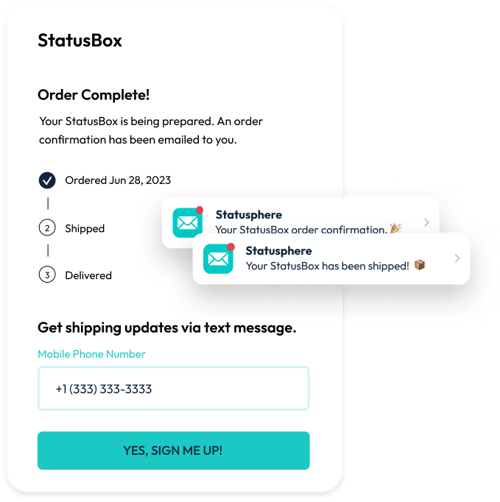
Brands collaborating with influencers shouldn't have to settle on subpar content.
Given the wealth of influencer talent out there, you have the right to be picky. Not every creator brings the same content quality (or audience!) to the table.
When reviewing and vetting influencers, pay close attention to:
For starters, you need to find influencers that reflect your brand's voice and values. Their audience should reflect your audience. When an influencer is legitimately stoked about a product, they're more likely to create awesome content. In turn, their audience is more likely to check you out. It's a win-win.
Our advice? Look for relevant influencers with a few thousand followers. These creators' audiences are "small" enough that they can still engage with followers one-on-one. Likewise, these creators are often more authentic than bigger, celebrity-sized influencers.
Finding creators that tick all of your boxes can be time-consuming despite how many amazing influencers are out there. This is all the more reason to use an influencer platform that matches your brand with creators based on your specific audience and granular details.
For reference, our platform uses 250+ first-party data points to match brands and creators.
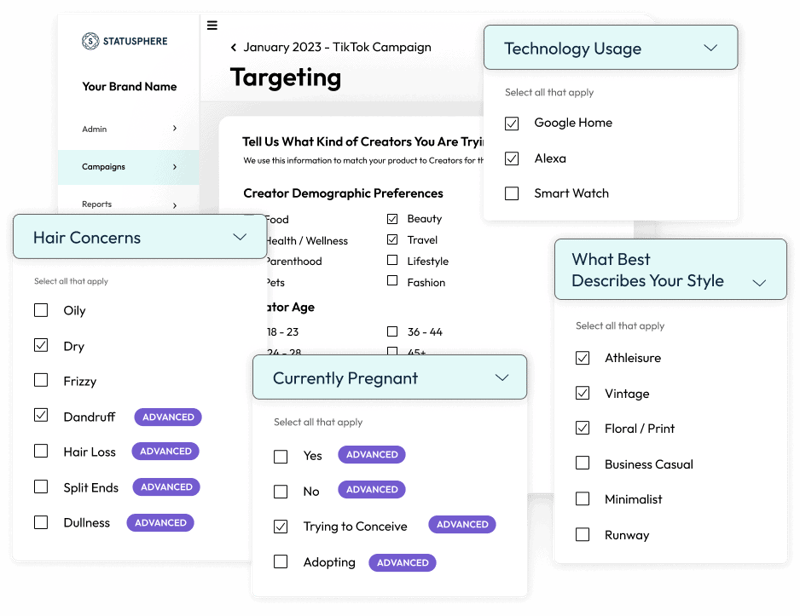
Once you find someone that clicks with you and your brand, you'll want to hang onto them!
Doing so makes it easier for them to create stellar content on your behalf in the future.
The more influencers you have that know and love you, the easier it is to scale your creator campaigns. Maintaining those positive relationships means:
And hey, that last line actually leads us to our next point!
Remember that influencers are creatives.
So let them be creative! You want your influencer's content to be as authentic as possible, right?
Consider how influencers build their own engaged audiences from scratch. They know what their audience wants to see. In turn, they know what your audience wants to see.
Translation? You need to trust your influencers and give them creative freedom.
That freedom results in unique posts, settings and applications of your product that you may have never thought of yourself.
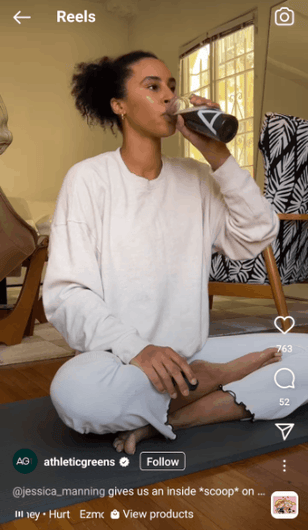
Source: @athleticgreens
Of course, you still need to offer influencers with guidelines and expectations. For example, it's totally fair game to ask for close-ups or specific terms or benefits highlighted in their post captions. Just don't be too restrictive. Here's an example of an influencer brief that finds a good balance:
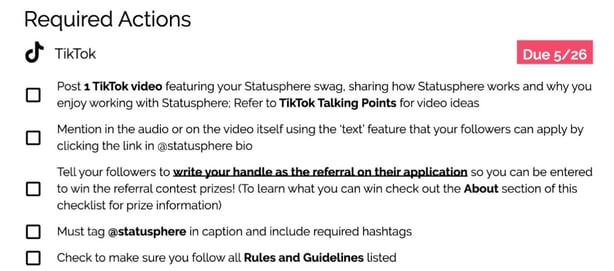
Like we said, influencer collaborations should be as painless as possible for creators.
Brands can make life easier for creators by balancing specific instructions and creative freedom.
Given the legwork involved in an influencer campaign, having defined business goals is a must-do.
Consider the many reasons brands collaborate with influencers, including:
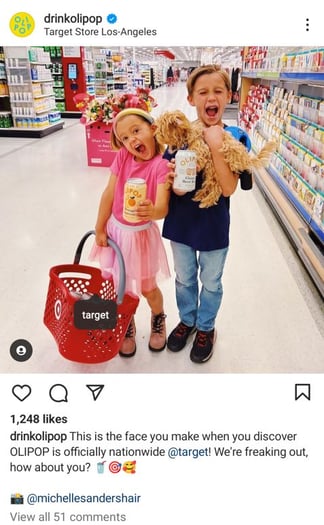
Source: @drinkolipop
These goals might overlap and that's totally cool! One of the biggest benefits of influencer collaboration is that you can target multiple marketing goals at once.

Just like we've seen so many influencer collabs done right, we also know where they can go wrong!
Below are the most common mistakes and pitfalls that brands make (and how to avoid them).
Influencers get pitched all the time. Some brands mistake this as a reason to be as loud as possible.

Spamming is a surefire way to kill your collaboration opportunities. Some quick tips based on why influencers don't answer your emails:
This all seems like a no-brainer, right? Well, you'd be surprised!
Creating content is a full-time job. This is true even for influencers without millions of followers.
Think about the time, energy and effort it takes to put together a piece of content:
On that note, you need to be mindful of the value exchange you offer creators in exchange for their posts. You can't expect top-tier posts from budget products and low-effort instructions.
Fact: followers are not an accurate reflection of an influencer's value.
In our experience and based on industry data, less is often more when it comes to follower count.
Consider that micro-influencers have the highest engagement rates on both Instagram and TikTok. Also, note that personal accounts on both platforms have way more reach than brand accounts.
That's because smaller influencers have engaged audiences that feel connected to them. Plus, the creativity and authenticity of smaller influencers are invaluable to brands.
For example, check out the engagement on this post from Alpyn Beauty from a creator with <2,000 followers at the time of posting.
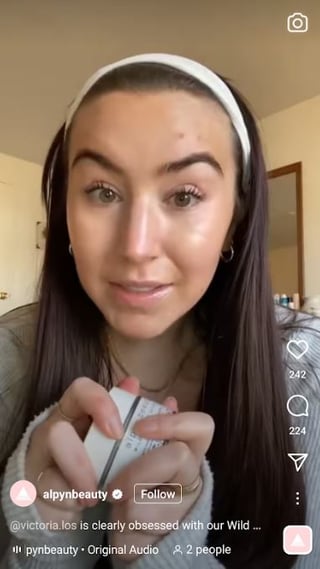
Source: @alpynbeauty
Although Instagram is a go-to app for influencer marketing, it's not the only show in town!
Not by a long shot.
For example, the power of TikTok creators is well-documented for both organic content and ads. There's a reason why brands leverage both platforms.
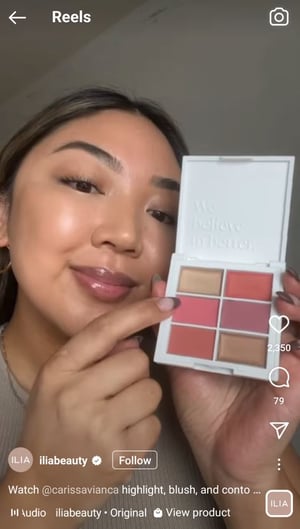
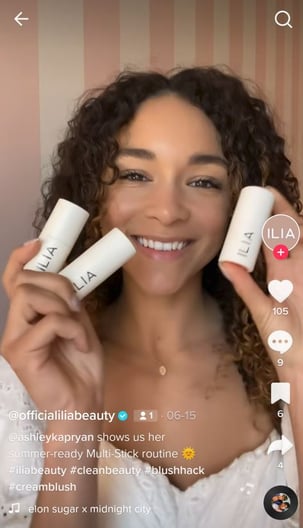
Source: @iliabeauty / @officialiliabeauty
Also, consider repurposing and promoting your influencer content throughout your marketing funnel. Some examples of this include:
There's so much value to squeeze out of your influencer marketing campaigns. Don't waste it!
Piggybacking on the point above, it's crucial that you obtain the proper rights to creator content before you promote it elsewhere.
This is something you'll need to outline in your influencer contracts. When in doubt, ask permission!
We recommend familiarizing yourself with the legal requirements of influencer content ownership. Asking for permission after the fact could incur additional costs and rights fees.
As a side note, this speaks to one of the benefits of working with Statusphere. We built content rights into our platform so every post you receive is rights-ready. No chasing ad permissions required!
With more and more brands collaborating with influencers, you're probably eager to expand your own creator network.
Good! We understand that navigating the dos and don'ts of influencer marketing is a lot to take in.
And juggling all of the above in-house can be pretty overwhelming, right?
That's where Statusphere can help.
Our software has already matched 400+ brands with tens of thousands of creators and generated 75,000+ pieces of content. We know what it takes to manage influencer collaborations at scale.
In fact, we designed our micro-influencer marketing platform specifically to handle campaigns from start to finish. Matchmaking, fulfillment, reporting and content rights are built into Statusphere with minimal setup on your behalf.
Want to learn more about how our platform works? Get in touch with one of our experts to see how Statusphere can scale your influencer marketing campaigns in a fraction of the time.
This article was first published in August 2021. It was last updated June 12, 2023.
The influencer outreach process sets the tone for your collaborations. Use these influencer outreach email templates and DMs for a stronger pitch!
Need to step up your influencer pitching strategy? You’re in the right place! Here are four Instagram collaboration email templates to make your...
This influencer database template can keep your in-house creator campaigns organized. We share our tips and a template for building your database of...
Be the first to know about the latest tools, trends and strategies in influencer marketing for brands.